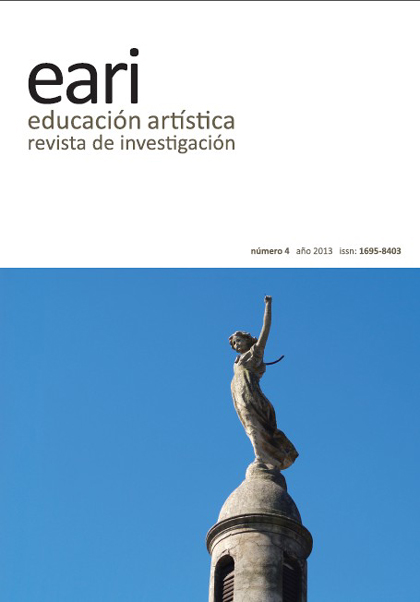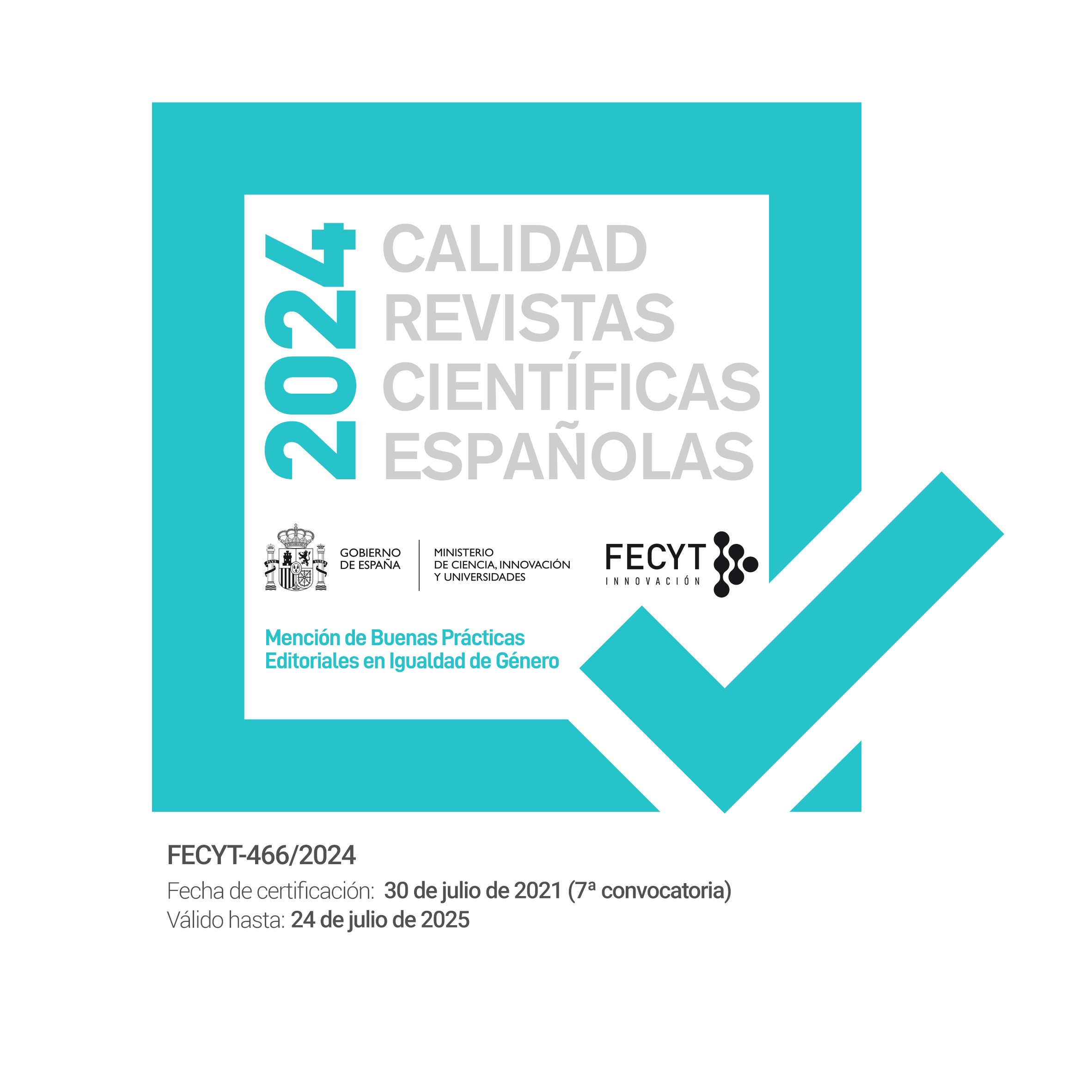Los títeres como recurso en la Educación Artística
DOI:
https://doi.org/10.7203/eari.4.2672 Abstract
Abstract
Resumen
Presentación de una experiencia didáctica en el área de expresión plástica y exposición de los aspectos básicos de los títeres en el campo de la Educación Artística, realizada por alumnos de la Facultad de Ciencias de la Educación, Universidad de Cádiz.
En el curso académico 2009 – 2010 impartí una asignatura optativa denominada Manualidades. Estaba en extinción en el plan de estudios y tenia un contenido teórico y práctico muy destinado a la adquisición de habilidades manuales sin desarrollar la creatividad. Al analizar el programa, vi que existían posibilidades de modificar muchos aspectos y reorientarlos hacia nuevas perspectivas de la Educación Artística. Estaba inmersa en el desarrollo de las TIC, por lo que la impartición de la asignatura era un reto.
Entre los ejercicios realizados con una temática definida, pero dentro de una libertad interpretativa, el que tuvo más impacto fue el de la confección de títeres y marionetas (Fig. 1 - 3), después de realizar una documentación teórica de la historia y el desarrollo de esta actividad artística en las diferentes partes del mundo.
Todas las propuestas se plantearon con un sentido interdisciplinar, obtener instrumentos para la realización de actividades en otras asignaturas y en el Practicum. Principalmente a través de la música y de la interpretación teatral.
Palabras clave: Títeres, Marionetas, Educación artística, Cultura Visual, Creatividad.
Abstract:
A teaching experience is presented and analyzed in the area of artistic expression focusing on an exhibition on puppetry by students of their own work. The course took place during the academic year 2009-2010 at the Faculty of Education at the University of Cádiz. In the past the course had a very theoretical content which did not contribute to develop students’ creativity. In analyzing the previous program, it was realized that there were opportunities to modify it adding new perspectives in arts education.
Among the exercises spelling out a specific theme but allowing for interpretive freedom, the most successful was the making of puppets and marionettes. It followed a theoretical introduction of the history of puppetry in different parts of the world.
Proposals providing a sense of interdisciplinary possibilities were sought and encouraged. These would help to provide tools and instruments for carrying out activities in other subjects and integrate them with other activities such as music and theatrical performance.
 Downloads
Downloads
Downloads
Published
How to Cite
-
Abstract1386
-
PDF (Español)843
Issue
Section
License
![]()
Educación artística: revista de investigación (EARI) retains the proprietary rights (copyright) of published works, and favors and allows the reuse of the same under the license Creative Commons Attribution-Noncommercial Use 4.0 International License (CC-BY-NC 4.0), which allows third parties to use the published material whenever the authorship of the work and the source of publication is mentioned (journal, publisher and URL of the work), and it is used for non-commercial purposes.
Authors are encouraged to disseminate their work after it has been published, through the internet (for example, in institutional archives online or on its website) which can generate interesting exchanges and increase work appointments.








